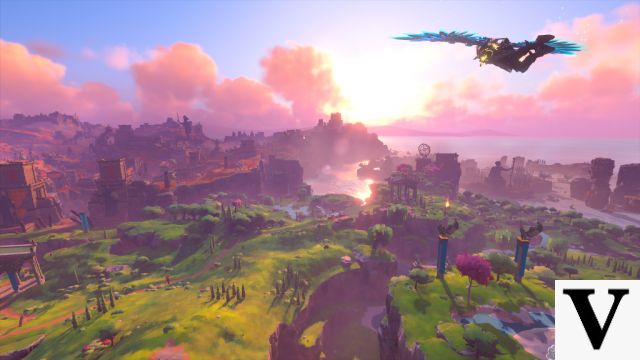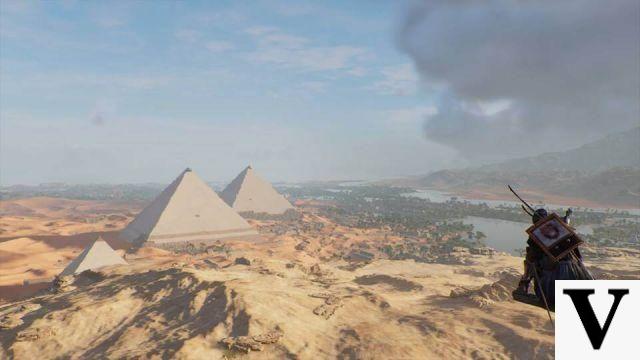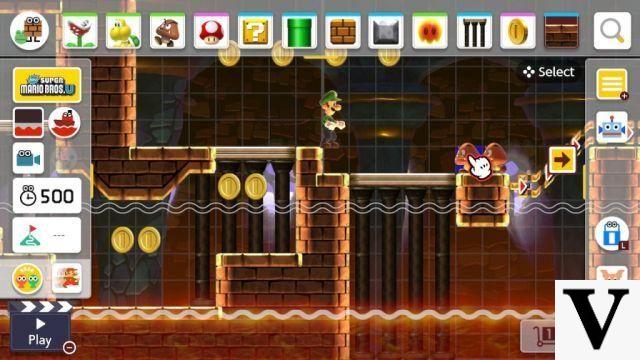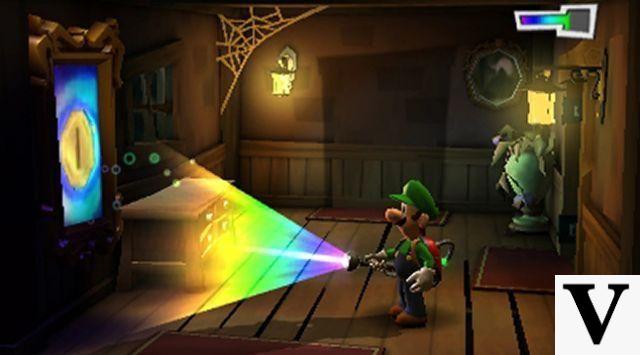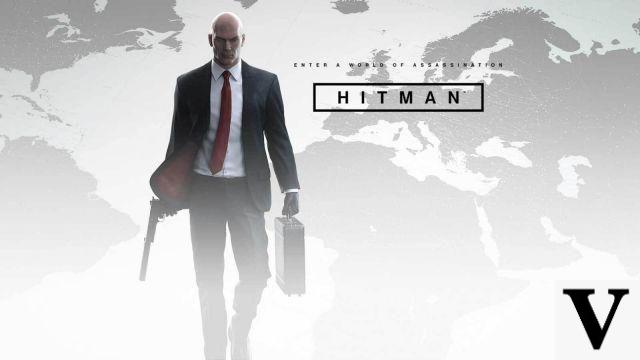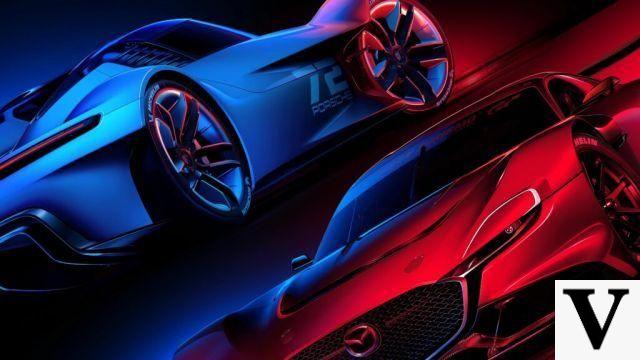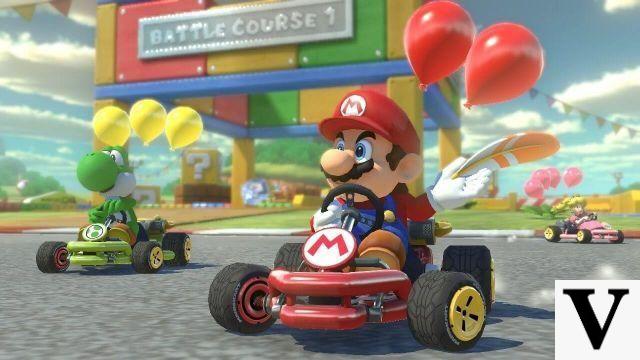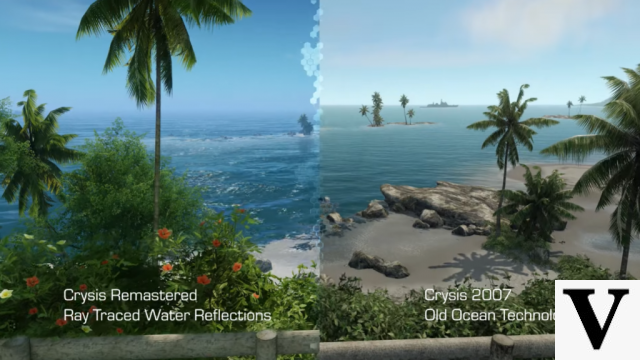Table of Contents
After – literally – decades of fan requests, what for years was just a dream has finally come true, and Final Fantasy 7 Remake actually arrived in stores – and, as someone who never thought it would become a reality, even after finishing the whole game it still feels surreal that it actually exists in our lives.
deliver a remake of one of the most important games in the entire history of video games was a very difficult task - and that became even more difficult when considering that this would only be the first part of a story that not even the Square know how long it will take to finish counting.
But, as difficult as the company's work was, it manages to deliver a result that positively surprises even those who were very pessimistic about this adaptation.
Living the dream in Final Fantasy 7 Remake
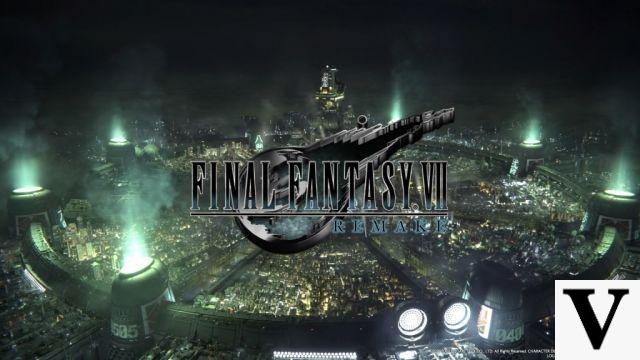
The first thing that comes to mind when we start the game is how beautiful it is, and probably anyone who is a fan of the original game will find themselves daydreaming while playing the game. remake.
This is because the game released in 1997 existed on two different planes: the real universe – that is, the game as it really was, with polygonal characters, without facial expression and with literally cubes functioning as hands – and the universe of imagination, which was how fans imagined all these characters and the entire game world in their minds, which were much sharper and more expressive than what was shown on screen.
Final Fantasy 7 it was the kind of game that ran “on the best graphics card in the world: imagination”. Even though his graphics were already fantastic and revolutionary for the time it was released, the way fans processed those graphics in their minds was of a much better quality than what was actually seen on the TV screen, because these characters and the entire game world were so well done that it was impossible to see them just as polygons, and not as real people that existed right there on our screens.
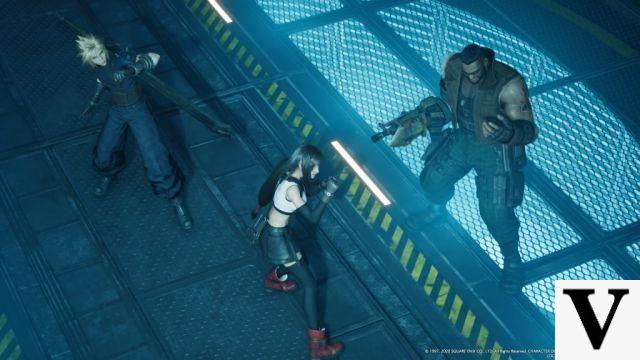
So it's not hard to find people in their 30s who still list Final Fantasy 7 as one of the most beautiful games in the world PS1. Not because the game really is – despite being revolutionary in its launch, several games with better graphics, including others final Fantasy, were released for the console – but because the way the game played with the players' feelings, it's difficult to separate the real graphic from the imaginary sensation, and both lived in a kind of amalgamation in our memories.
And it is precisely at this point that Final Fantasy 7 Remake stands out from the start: with a look that is clearly inspired by the film Advent Children, the game manages to bring to the screen exactly those images that until then only existed in the imagination of fans.
And this is not something exclusive to the characters, but all the scenarios from the original game have been improved in remake in order to make them even more real: Mako reactors are no longer made up of half a dozen corridors, but are buildings big enough to get lost inside; the gardens of the house of aerith they seem to have come straight out of a report on Expoflora in Holambra, and Hojo's lab looks like the kind of secret base where monsters are created in horror movies.
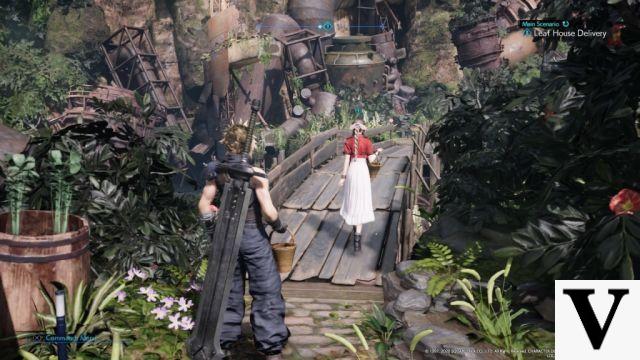
This change in settings also makes the divisions that exist in Midgard society much clearer, making the contrast between the luxury of Shinra buildings and the squalor in which people live in the lower slums of the city, with literally built houses, even more apparent. of construction material scraps amid mountains of rubbish and rubble.
evolved combats
Another point where a huge change between the original Final Fantasy 7 and the remake is clear is in the battle system. Abandoning the turn-based fighting system for good, Final Fantasy 7 Remake embraces real-time combat, and it's clear that the biggest inspiration used by Square are the struggles of Kingdom Hearts 3 e Final Fantasy XV.
But, despite being inspired, the fight system is not exactly the same, and the combats of Final Fantasy 7 Remake are not as fast and frantic as in the other games mentioned. There are rare moments when there are many enemies attacking you at the same time and there is no other option but to keep pressing the strike button and hope for the best (something common in both FF XV how much in KH 3), and most of the time the game forces the player to think about the best option of action to be performed.
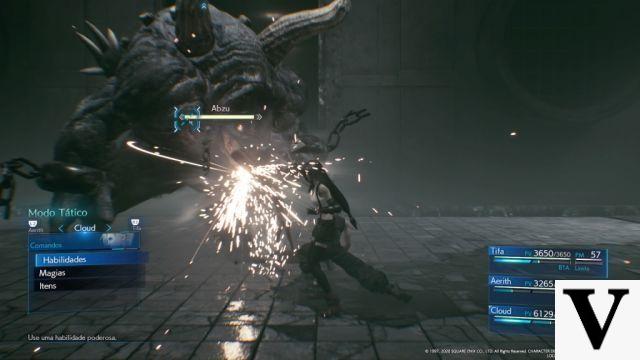
This is because the combat system still retains many of the hallmarks of the original game. For example, despite the fights being in real time, the ATB bar – which in the original served to mark the order in which each character would act – remains on the screen. remake, but now in the form of a “special” bar.
Divided into two segments, the player will need to use at least one of them whenever he wants to perform any option from the battle menu - that is, use a special ability, cast spells, consume items or ask for the aid of a summon. Also, whenever the battle menu is activated, all actions around the character are in slow motion (just like what happens in Final Fantasy XV), allowing you to calmly choose what is best to do in that situation.
What also returns from the original game is the Limit Breaks bar, which continues to work in the same way: it fills up with each hit the character takes and, when completed, allows the use of each character's most powerful move. The difference is that, while in the original each character had several Limit Breaks, in the remake there's only one per head, and many of the classics (like Braver from Cloud) have been transformed into common skills that can be used in fights by consuming the ATB bar.
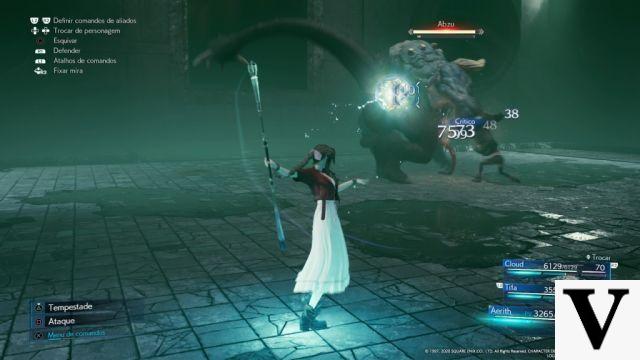
Final Fantasy 7 Remake It also brings the return of another fighting mechanic: the Stagger. created for Final Fantasy XIII, this mechanic that had been abandoned by the Square makes a triumphant return to remake. In addition to the health bar, each enemy also has a Stagger bar, which gradually fills with each hit they receive. When this bar fills up, the enemy is then “paralyzed”, which not only prevents him from taking any action but also makes him more vulnerable to all types of damage.
This mechanic creates a whole different dynamic for fights that many players will probably not be used to, because in many moments it is more interesting not to spend all your most powerful blows at once, but to wait for the right moment for when they will do more damage. .
But even though the entire base of the combats is inspired by Kingdom Hearts 3 e Final Fantasy XV, there is something unique about them that makes Final Fantasy 7 Remake a natural evolution of these: the fact that you can not only give orders to your companions, but even control them.
Each of the game's four protagonists can be controlled by the player, and they each have their own characteristics that make them more effective against certain types of enemies or in certain battle situations. Therefore, the constant switching during battles – something that can be easily done with a single button – is one of the most important mechanics of the game, and the fights become much simpler once you get used to not just controlling the Cloud.
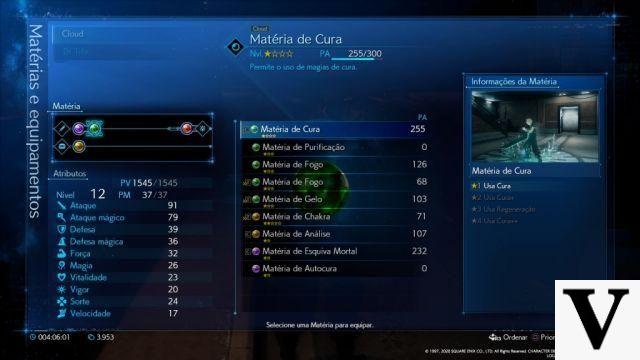
Outside of battles there aren't many changes to the gameplay system. The materials system (orbs that your character must equip to be able to use magic) remains the same, and their evolution is also the same as the original game, requiring them to be equipped to a character so that they can level up and release more effects. powers of the spell type to which they belong.
The only change to the material system is in the use of Summons. They no longer occupy the same place as other spells, but have a special slot, and can only be equipped one per character. At the same time, they can also no longer be used indiscriminately.
Summons now have their own loading bar that only appears in specific battles (such as boss fights) and, when used, are very similar to the mechanics of summons from Kingdom Hearts 3, in which these entities stay for a while acting as companions in battle before leaving the scene with their final special move.
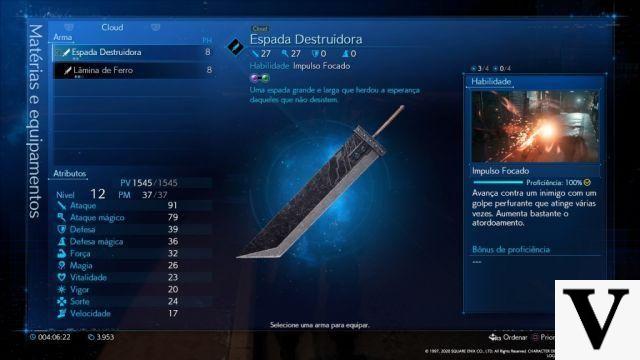
Another small change to the equipment system is that each weapon now has its own ability assigned to it, and the system is very similar to the franchise. Tales Of, where the character needs to use these abilities a certain number of times in battle to be able to use it with all the other weapons he has.
And of course the remake de Final Fantasy 7 introduces something that didn't exist in the original (at least not during the period the characters stay in Midgard): the concept of side-quests. They don't make much of a difference in the story, it boils down to basically talking to someone and going to a place x to kill a specific monster. But at the same time, they are also not very time consuming, and doing them all will take at most 3 or 4 hours of your total game time.
Same plot, new story
Personally, one of my biggest fears since it was confirmed that Final Fantasy 7 Remake would be released in chapters, and that this first game would just be part 1 of “not even the guys inside the Square knows how many yet”, was that, despite being a visual delight, the end result would look like something incomplete, broken, that would come to an abrupt end, leaving us with a feeling of emptiness that would hurt even more when we remember that there is no forecast for the release of the next part.
Fortunately, that's not what happens.
Despite the plot of remake If you limit yourself to just the narrative piece relating to Midgard – something that, in the original, is equivalent to about the initial five hours of gameplay, or about 1/10 of the story as a whole – the result delivered is fully contained within itself. even, leaving nothing to be desired even if the Square decided to kill the project and not release any other title in the remake.
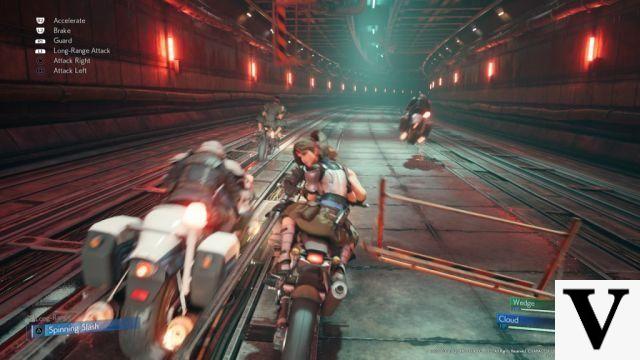
And not only does the game's plot tell a story with a beginning, middle and end (and, ironically, with more or less the same duration as the sum of all three CDs of the 1997 game), but that subverts all expectations. of those who feared for the course of the story, as not only does it not seem incomplete, it makes us feel that the original game is incomplete and “broken”, and that this is the story that should have been told from the start. beginning.
This is because the remake not only retells the game's original story, but dialogues with it to create its own: instead of the original being the draft and the remake being the final, edited version (as is often the case in games of this type), the original is the storyboard (also known as the sequential outline) of a script that hasn't even been written yet, while the remake presents us with the film already ready to be released in theaters.
Thereby, Final Fantasy 7 Remake not only respects the narrative of the original, but uses it to create a story that, while having the same narrative skeleton as the 1997 game, is completely new and manages to surprise even those who know everything that happens in the game by heart. original.
evil corporations
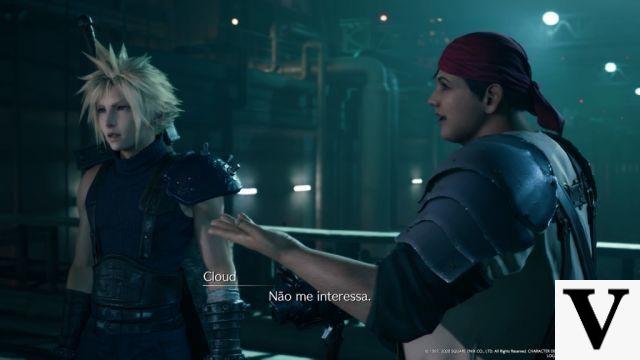
to main plot of Final Fantasy 7 Remake it's the same as the original game – and, despite being originally thought in the context of the 1990s, it's still as current as it was (if not more).
Right from the start we are put in control of Cloud Strife, a former SOLDIER (a team of elite Shinra soldiers who underwent genetic modification to develop superhuman strength and reflexes) who is helping the eco-terrorist group Avalanche in their latest mission: destroying a Mako reactor.
Unlike the original game, the Avalanche is no longer just a group made up of half a dozen people, but a huge organization with state-of-the-art equipment and that is prepared to fight on equal terms against the forces of Shinra, and the group formed by Cloud, Barret, Wedge, Biggs, Jessie e Tifa it is just one of the cells of this organization.
The great enemy of this group is Shinra, a huge corporation that uses its financial power to dominate the entire largest metropolis in the world of Final Fantasy 7. Not only is Shinra the biggest industry in Midgard and responsible for employing most of the people who live in the city, but it owns the city itself, controlling with arm wrestling all the organs that make it work.
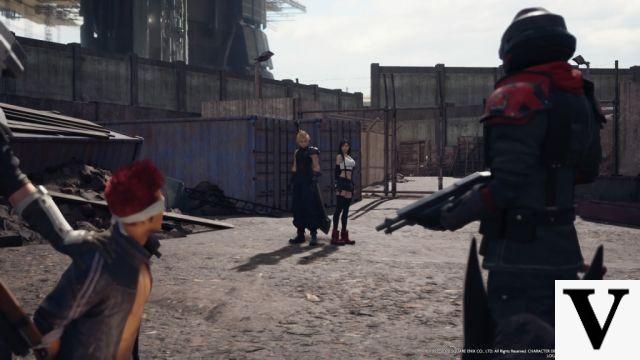
Although Midgard has a mayor, this is only a figurative office, and all power is indeed exercised by Shinra's board of directors, whether it's maintaining the city's public transportation, urban sprawl, or public safety.
In a way, the Shinra represents the most extreme negative case of a deprivationist policy, where public power is so weakened – and, at the same time, private corporations are so strengthened – that they cease to exercise subjective power over citizens and start to exercise the power of in fact, becoming not only their contractors, but the rulers of all strata of the population.
And this, of course, generates a very large social inequality, as it is possible to easily see in the opening sequence of the game, where we are shown that in the same city that has very modern skyscrapers as a mark of progress and local wealth, it also has children playing with rusty toys amidst piles of rubbish.
After all, an industrial corporation does not exist to guarantee dignity to all citizens of a city, but to guarantee profits to its shareholders. Is at Final Fantasy 7, this profit is obtained through the exploitation of Mako, a natural resource that guarantees the energy necessary for the entire electrical system of the city to work – but, at the same time, the extraction of this resource is responsible for slowly killing the planet.
Since the original game, Mako has always been a metaphor for the extraction of ores such as coal and, especially, oil – natural resources that make human life much easier, but whose exaggerated use and excessive extraction are also the responsible for accelerating the “death” of the planet. And, as might be expected, this metaphor has not been toned down one bit in the remake.
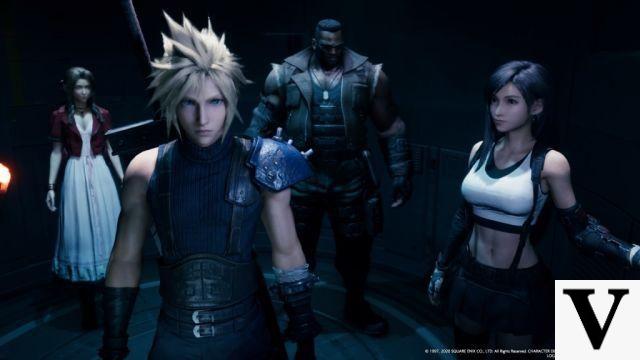
Thus, from the first moment we see that the Shinra army does not have as its main objective the protection of the population, but the interests of the corporation. And this is even clearer during the plan to bring down the roof over the Sector 7 slums of Midgard, literally killing all the thousands of people who lived there for the sole purpose of manipulating public opinion, using the press to make everyone believe that those responsible for killing those people were the members of Avalanche.
Although, at first glance, this seems to be the kind of diabolical plan that only exists in works of fiction, it is practically impossible not to see reflections of this same type of thinking in real speeches, as in a moment of pandemic, entrepreneurs around the world trying to minimize the deaths of people, calling them a necessary sacrifice to keep the economy going.
Of course, during their battles against Shinra we soon discover that there is a more powerful enemy behind all this, and he is soon revealed in the presence of Sephiroth, a former war hero who can, quite literally, be responsible for the destruction of the entire world single-handedly.
And that's when we discover the power of this new enemy that Final Fantasy 7 Remake abandons – or, at least, relegates to the background – its anti-corporation narrative and resumes what is a pattern repeated in all games in the series: the idea of man vs “god”, and how only the strength of union among men can save the world from an omnipotent supernatural threat that only wishes them harm.
But perhaps the most tragic element of this game's main plot is also what makes it so current: the fact that, even when the world seems to be dying, there are still people in power who are more concerned about the money in their bank accounts than they are. than with the lives of those who sacrifice themselves to enrich them.
The fight against fate
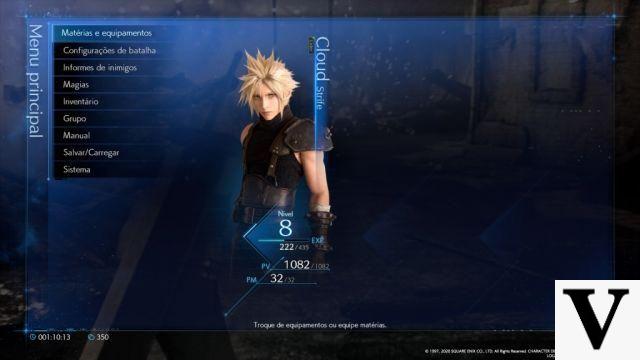
But throughout the entire game, there is also a subplot that is entirely new to Final Fantasy 7 Remake, and it didn't exist in the original game, which is the characters' fight against Destiny - with a capital "D", because it concerns destiny not as an idea, but as an entity.
This entity is symbolized in the game by the specters (creatures that look like ghosts) and that are responsible for "protecting the flow of Fate", appearing whenever some moment of the remake's narrative tries to move away from the events that happen in the original game, exercising influence to "force" things to repeat themselves exactly as they happened in the 1997 game.
This influence of the specters makes Final Fantasy 7 Remake has a narrative line that refers directly to the book series The Dark Tower de Stephen King, which creates a whole new depth to the plot of not just this game, but all the sequels that are due to be released.
in the book of King (Warning: spoilers for the plot of The Dark Tower), the characters move towards the Black tower – a Tower that stands at the center of the entire multiverse and is responsible for ensuring the balance of all things – and, in achieving this goal, they discover that the real journey is not the journey to the Tower, but a battle against fate.
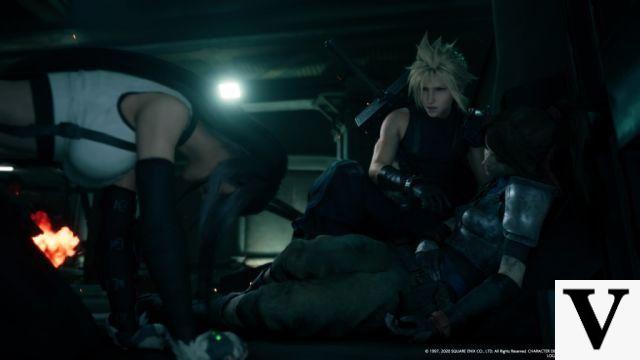
This is because they discover that they had already made this journey hundreds of times, and all of them with the same result dictated by Fate, which remains impassive in the face of the characters' will. But, using his cunning, gunslinger Roland Deschain finally manages to "break" the Wheel of Ka (which is what the book calls Fate), returning again to the beginning of the journey, but this time with an item he didn't have in his possession. none of the others – a difference which means that, this time, Fate had not won, and the future was, for the first time, in the protagonist's hands.
And it is this same fight against the “Ka Wheel” that exists as a subplot throughout Final Fantasy 7 Remake, in which the characters realize that their Fate is not in their hands and that the course of their actions is already predetermined and guaranteed by an entity stronger than any of them can face. But, at the same time, there is also an enormous effort on the part of these characters not to let themselves be beaten down, and to continue fighting to become the masters of their own destinies.
And it is precisely in this confrontation between the predetermined future and the effort to guarantee free will over your own life decisions that most of the character development that was not in the original game takes place in Final Fantasy 7 Remake.
Not just the main characters (Cloud, Barret, aerith e Tifa, which are the only ones that can be controlled by the player) receive a new charge of evolution of their personalities in the remake, but even completely secondary characters in the original (like Jessie, Wedge and Biggs) also have their own redemptive narrative arc, and for the first time we can understand them as people with their own personalities, desires and fears.
History repeats itself
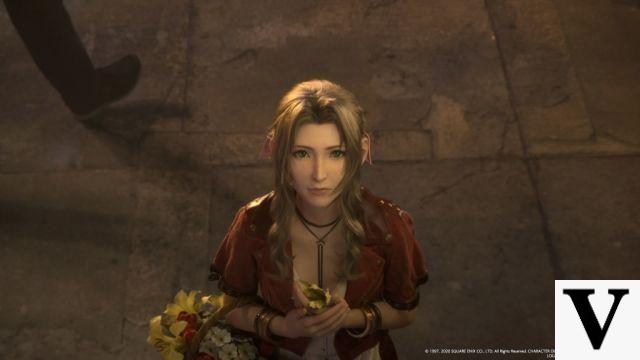
Since he set out to fulfill the fan request and develop a remake guidance on Final Fantasy 7, the Square had an impossible task on his hands: remake the most beloved game of the entire franchise in order to update its game mechanics without losing the essence of the original, and to tell a new story that could captivate and surprise even the most ardent fans, but following the same skeleton of the narrative that had already been told in 1997.
Incredibly, the Square not only has it managed to balance it all out, the end result is much better than anyone could have expected. Final Fantasy 7 Remake is proof that lightning can strike twice in the same place, and the same game that raised the bar of quality for the entire genre of RPGs in 1997 is, twenty-three years later, raising the whole level of quality that we will expect from any remake from now on.
Final Fantasy 7 Remake is an exclusive game for PlayStation 4 and can be found from R$269,77 at Lojas Americanas. This review was developed from a copy of the game kindly provided by Square-Enix.



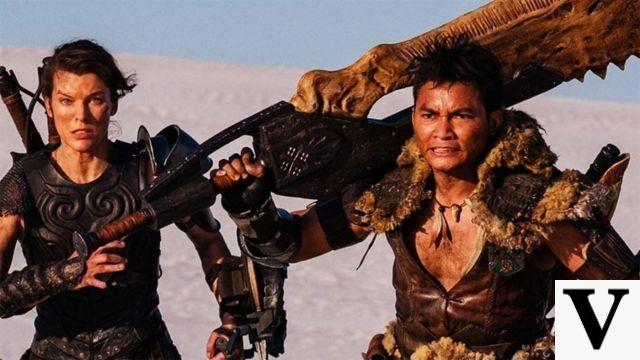
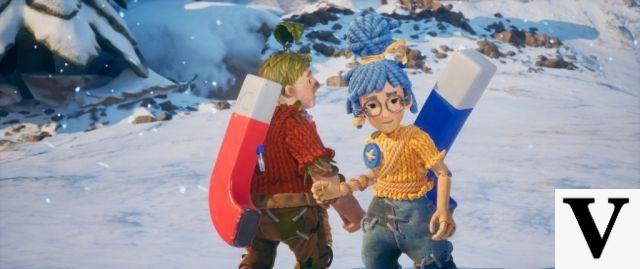
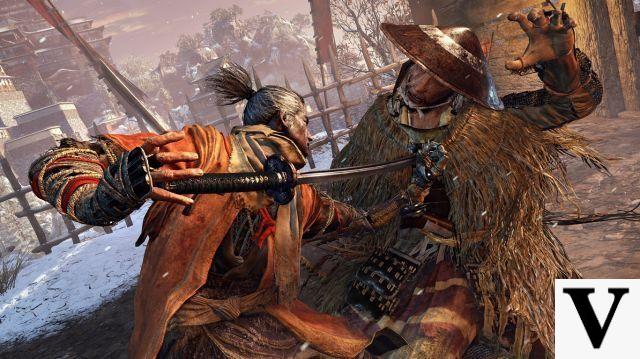
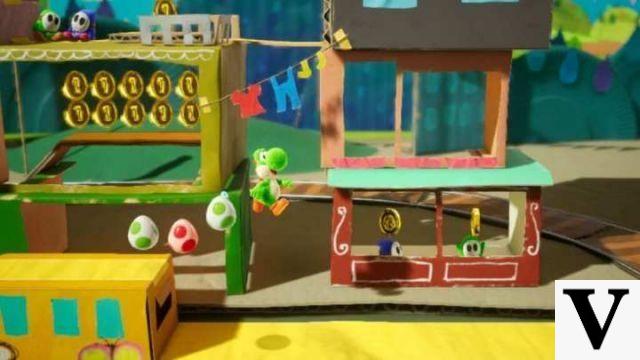
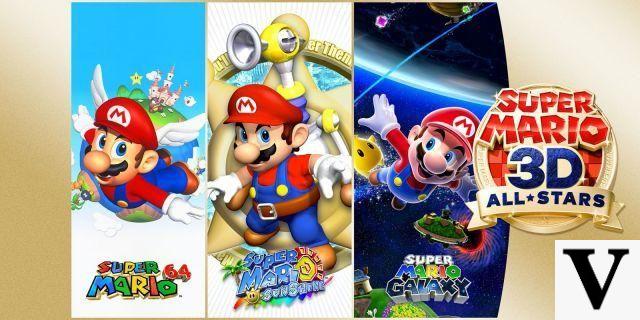
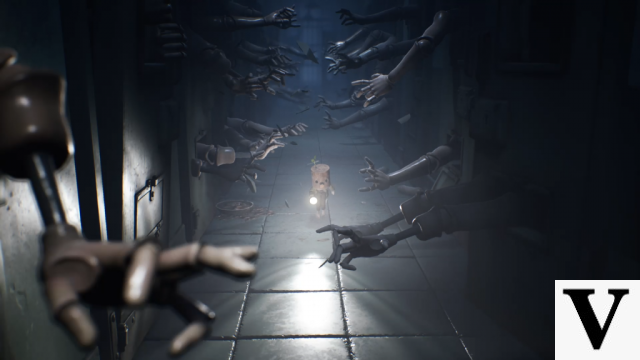
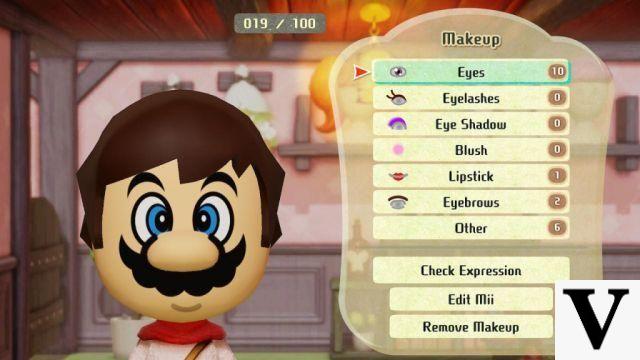
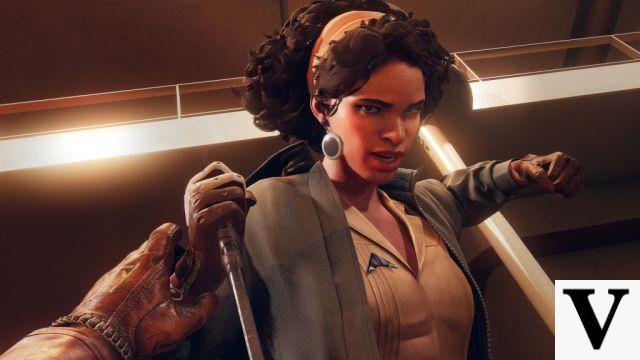
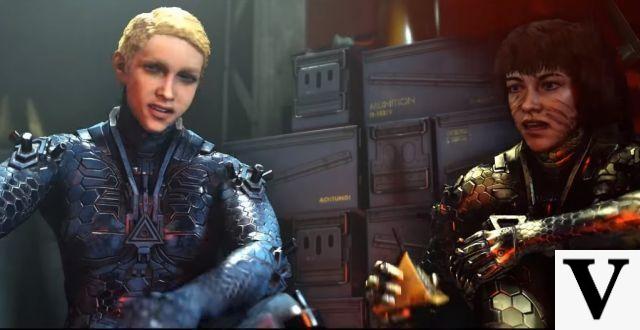
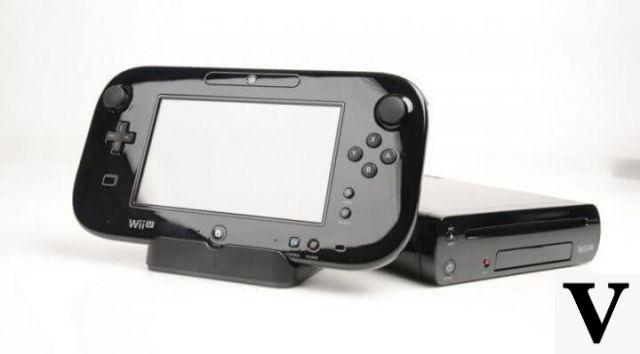
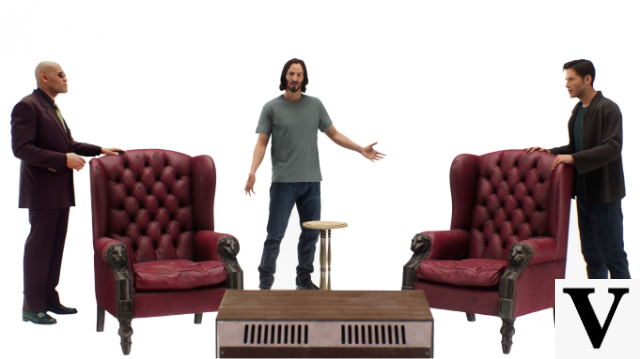
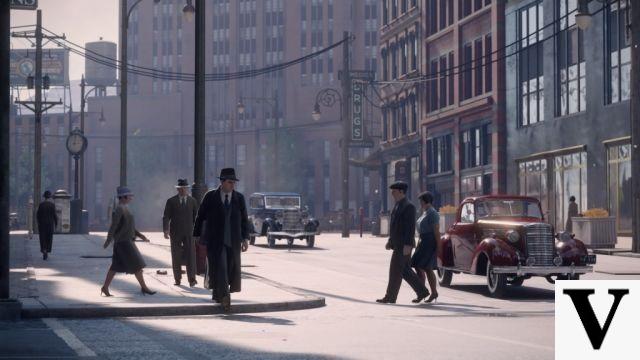
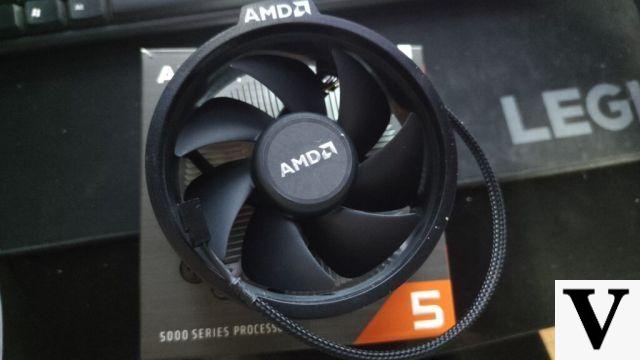
![Game Review: Homefront, a game that's still worthwhile [18+]](/images/posts/ed81cafa79e54b813d7a324a7ae4af6b-0.jpg)
